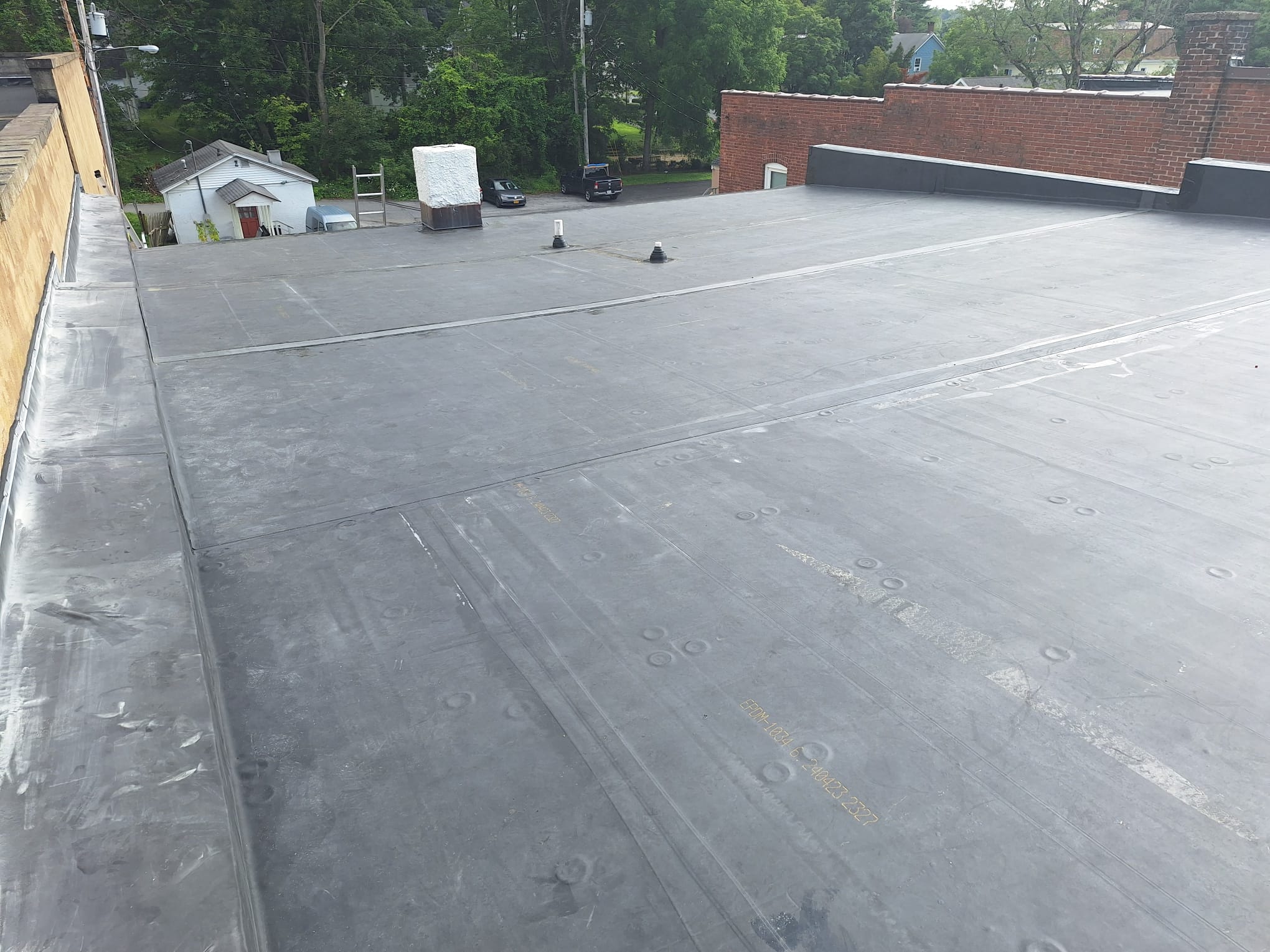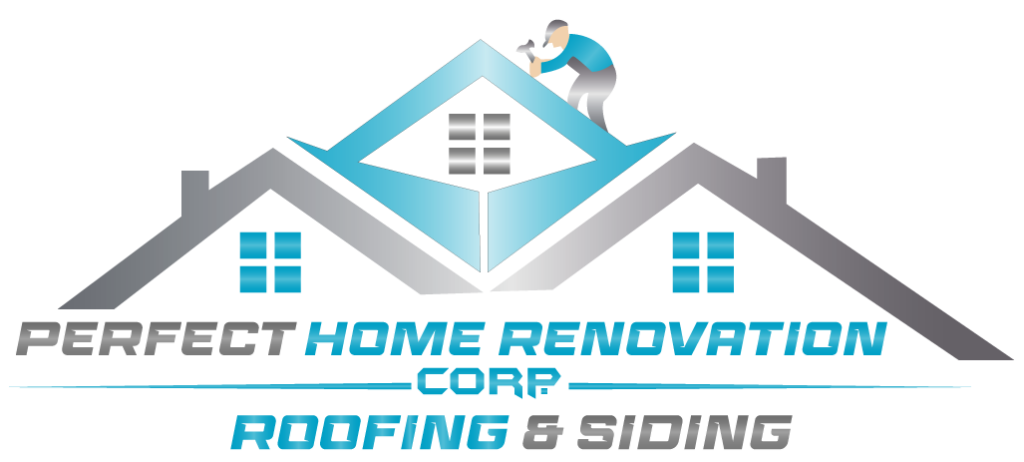THINGS TO CONSIDER BEFORE INSTALLING
EPDM ROOFING While EPDM roofing has numerous advantages, there are some important factors to keep in mind before installation:
Roof Slope EPDM is best suited for flat roofs or low-slope roofs (with a slope of less than 2:12). If your roof has a steeper pitch, other roofing materials like asphalt shingles or metal might be a better option. If your roof does have a slight slope, ensure that the roof drainage system is well-designed to prevent water pooling. Professional Installation is Crucial The success of your EPDM roofing system depends on proper installation. EPDM requires a precise installation process to avoid leaks and ensure maximum durability. Working with a professional roofing contractor who has experience with EPDM will ensure that the roof is properly installed and performs at its best for years. Temperature Considerations EPDM roofing is best installed in moderate temperatures, ideally between 45°F and 85°F (7°C to 29°C). If you’re planning to install EPDM during the colder months, you’ll need to take special care to ensure the material adheres properly to the surface. During installation, it’s important to avoid temperatures that could affect the adhesive used for bonding the roofing material. Potential for Punctures While EPDM is durable, it can be susceptible to punctures from sharp objects, such as fallen branches or heavy debris. Be sure to regularly inspect your roof for potential damage, and take preventive measures to clear debris away from the roof. Some EPDM roofing systems have additional protective layers to reduce puncture risk, so discuss options with your contractor. Color Choice EPDM roofing comes in both black and white options. Black EPDM is better at absorbing heat, which can be an advantage in colder climates or buildings where additional warmth is needed. White EPDM, on the other hand, reflects sunlight, which can reduce the heat absorbed by the building and contribute to cooling savings in warmer climates. Choose the color based on your climate and energy needs. Roof Ventilation Proper roof ventilation is important to prevent moisture buildup in your roof system, which can lead to mold, mildew, and premature roof deterioration. EPDM roofing is relatively breathable, but it’s still crucial to ensure your roof has sufficient ventilation, especially in climates with high humidity.




